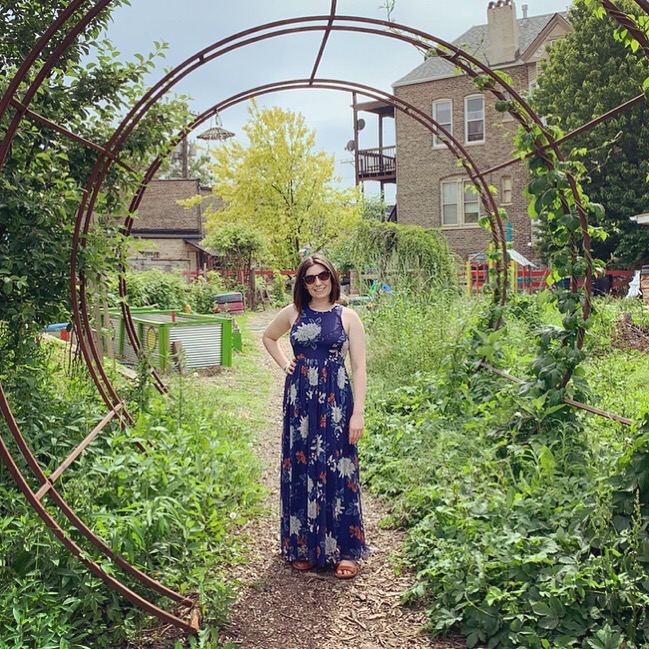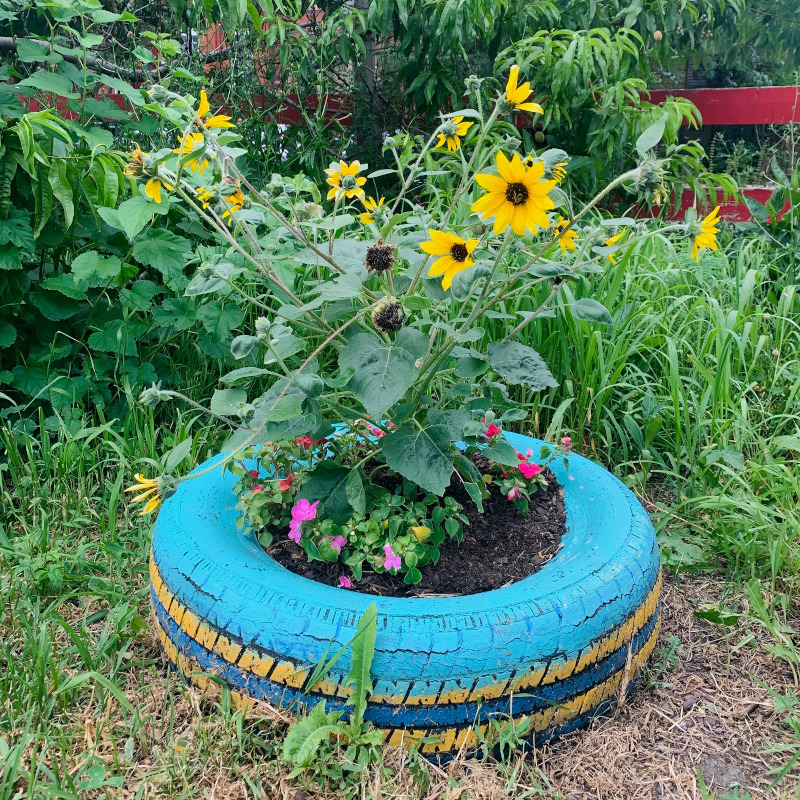How to Grow Habanero Peppers - The Complete Guide

Habanero peppers are a rewarding vegetable to grow at home and an excellent addition to any garden. Below we share the basics of growing habanero peppers in a home garden, as well as common mistakes and considerations.
When to Plant Habanero Peppers
Habanero peppers are not a frost tolerant vegetable. This means the best time to plant them is mid to late spring, once there is no longer a chance of frost in your area.
If you live in the U.S., check out the Farmer’s Almanac or the USDA’s Plant Hardiness Zones for more help regarding frost and the best dates for planting in your area.
How to Plant Habanero Peppers
Plant your habanero pepper seeds directly in the soil of your garden or container at a depth of 0.5 inches (1 centimetre). Seeds can be planted outside or you can germinate them indoors and transplant them later. Typically, habanero pepper seeds take about 1 - 2 weeks to fully germinate.
If transplanting, the best time to move habanero pepper plants outside is when they reach 3 - 4 inches (7 - 10 centimetres) tall or have at least 3 - 4 true leaves.
When planting habanero peppers in the garden, it’s best to space them 1 - 2 feet (30 - 60 centimetres) away from the nearest plant.
Interested in Container Gardening?



Join the Garden Auntie newsletter!
Get expert tips, tricks, and inspiration for successful container gardening no matter the environment. Create a stunning and thriving garden, even in small spaces!
How to Grow Habanero Peppers in Pots
The key to caring for habanero peppers in containers is well draining soil and a pot big enough for their root system. Aim for a pot that is roughly 577 cubic inches (9,455 cubic centimetres) in size. A typical 10 or 12 inch flower pot is a great container option for habanero peppers.
For more in depth information, check out our full guide on growing habanero peppers in containers.
How Long do Habanero Peppers Take to Grow
On average, it takes about 90 - 100 days for planted habanero pepper seeds to develop into a fully mature plant.
How Big do Habanero Peppers Get
Typically, habanero pepper plants reach about 2 - 3 feet (or 75 centimetres) in height. Though this can fluctuate depending on the variety.
How Much Sunlight do Habanero Peppers Need
Habanero peppers need at least 6 hours of direct sunlight every day in order to thrive. Be careful to place your plants in an area that receives adequate sunlight. Otherwise, they may not mature properly.
How Much Water do Habanero Peppers Need
Habanero peppers like well draining soil that is kept consistently moist, but not wet or soggy. The amount of water it takes to achieve this effect will differ depending on the type of soil available to you.
Be sure to water your habanero peppers on a consistent, steady schedule. This will ensure the plant yields a healthy, uniform crop.
If growing your habanero peppers in pots, they will need to be watered more frequently than habanero peppers planted directly in the garden.
You will know your habanero peppers are in need of more water when their leaves wilt, yellow, and/or the plant begins to droop. But be careful, this can also happen if the plant receives too much water. This is a difficult balance for most novice gardeners. But the more time you spend with your habanero peppers, the better you’ll be able to gauge how thirsty they are.
How to Harvest Habanero Peppers
Habaneros are ready to pick when they turn orange in color. Leaving a short bit of stem attached, cut the pepper from the plant with a sharp knife or scissors. Be careful to avoid pulling them by hand, as this can cause branches to break.
